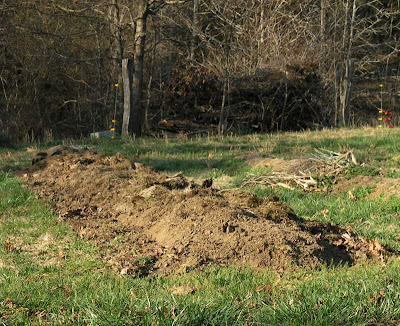From a previous post: Frost flowers occur when the air temperature is below freezing but the ground remains unfrozen. Here in the Ozarks, that is a fairly common wintertime event. Our ground never freezes deeply and usually thaws between cold snaps. Some dried weed stems continue drawing moisture up from the ground. A frost flower forms when water inside a plant stem freezes, expands and is extruded through cracks in the stem forming thin ribbons of ice. Air bubbles trapped in the ice make it appear frothy white. The extruded ribbons of ice are often much more petal-like than the ones pictured here. Because the stem cracks are irregularly shaped and the ice pressure inside the stem varies over time, the extruded ice curves and bends. Like snowflakes, no two frost flowers are ever alike.
Not all plants form frost flowers. Two of the more common ones that do are yellow ironweed ( Verbesina alternifolia) and white crownbeard (Verbesina virginica). In fact, white crownbeard also is commonly called frostweed.
Another previous post featuring frost flowers, including the shot used to illustrate frost flowers on Wikipedia.
Editors Note (1/13/11): I'm honored that the frost flowers in this post inspired the following poem by Kris Lindbeck.
You woke up
to frost flowers:
dry weeds
becoming miracles
over one cold night.
Thank you, Kris.
(You can follow Kris on Twitter or visit his blog Haiku etc.)
To participate in Nature Notes and/or see more nature photos, please click the logo above.
.










